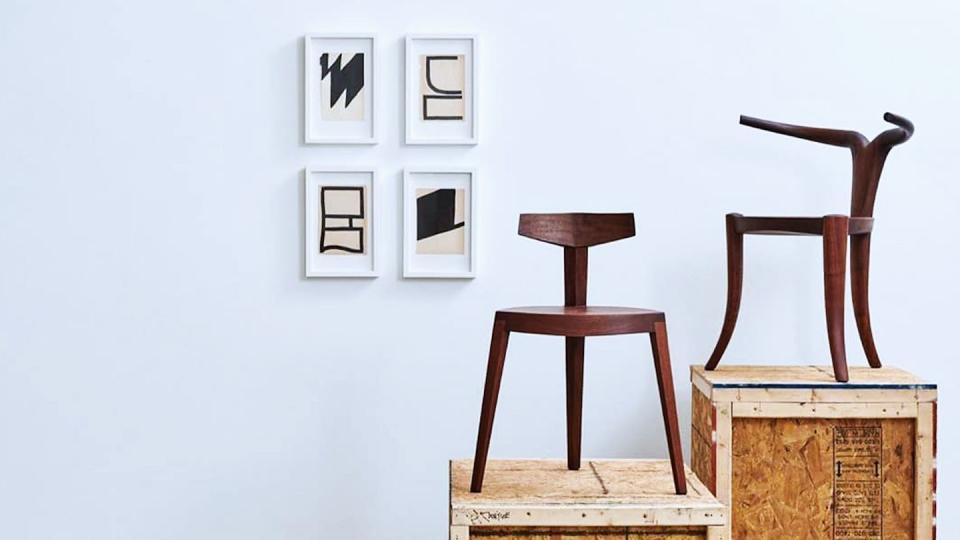The Complicated History of Campaign-Style Furniture

Safari-themed decor and furniture are highly associated with Africa. In fact, there is an entire private tourism and elite resort industry built around it. Yet, such spaces and the memories they conjure have a complicated narrative. From conversations of land ownership to animal hunting rights and colonial histories, the very word “safari” can conjure less than glamorous connotations in Africa. Pith helmets and animal skins are part of an outdoorsy motif that is much more closely associated with British colonization than indigenous African realities.
Vintage campaign-style furniture bears the same burden. The interior design style that is so heavily coveted today still bears the historical legacy of empire building in Asia and Africa. Whether antique or replica, the heavy wooden trunks, x-framed table legs, and folding paragon chairs reference a problematic history. The easily transportable elements were the accoutrement that facilitated British soldiers and colonists’ settlement in places that were not their own. Their sturdy workmanship was required in rugged terrain and the artistry was meant to convey the powerful permanence of these new arrivals who had come to stay. Vintage cabinets and weighted dressers had a “civilizing mission,” bringing European letters and attire to parts of the world that had very different cultural mores and values. And while today many can agree on the harmfulness of such colonization and the injustices that accompanied it, the aesthetics of the era remain wildly popular. But is that a bad thing?
Jomo Tariku, an Ethiopian-American artist and industrial designer, thinks that the “furniture should be judged by its utility to the buyer, collector, or user—or a combination of all.” Tariku became a pioneer of modern African design when he launched his namesake furniture collection in 2017. It was inspired by diverse art and created objects his family collected during their travels across Africa and beyond. Born in Nairobi, Kenya, to Ethiopian parents, Tariku has always blended heritage, humanity, and design sensibility. He encourages buyers to consider that in determining if these vintage styles meet their current needs.
He admits that the name “campaign-style” has a negative connotation but he puts it plainly: “that is the name and the purpose it was used for: for colonial soldiers’ comfort while they were on the move with their invading army. If the question is should we stop using the name, I prefer to argue that it is better to diminish its association with the global South by producing new work that will break that association.”

Tariku does this by inventing modern furnishings that are a continuation of a long tradition of creativity and crafts from Africa. His work uses Western technology—digital fabrication, power tools, 3D software and printers—to redefine the body of work that traditional craftsmen or women have long-since produced. His is part of a new body of work coming from African designers like Hamed Ouattara from Burkina Faso, Dokter and Misses in South Africa, and Piratas do Pau in Mozambique, that are breathing new life into home decor and furnishings associated with the continent.
These new artisans remind us that although colonial styles might be associated with a difficult past, many of those quintessential pieces were locally crafted, using indigenous labor, unique woods, and handwrought metal. In that way, there is a hint of shared agency behind antiques. As contemporary buyers eye authentic pieces for modern spaces that represent and include people of diverse backgrounds, it is worthwhile to weigh the historical context of period pieces against the impressive myriad of present-day alternatives.
Follow House Beautiful on Instagram.
Nafeesah Allen is an independent researcher with an interest in literature, gender, and diaspora studies in the global South. In 2019, she completed her Ph.D. in Forced Migration from the University of the Witwatersrand (Wits) in Johannesburg, South Africa. She leads BlackHistoryBookshelf.com, a book review website that highlights global Black histories organized by language, theme, and country. Follow her on Twitter or Instagram @theblaxpat.
You Might Also Like


